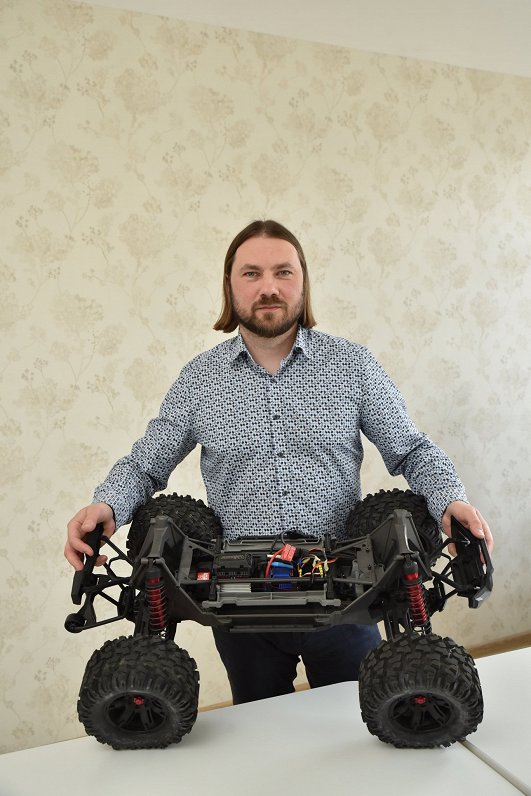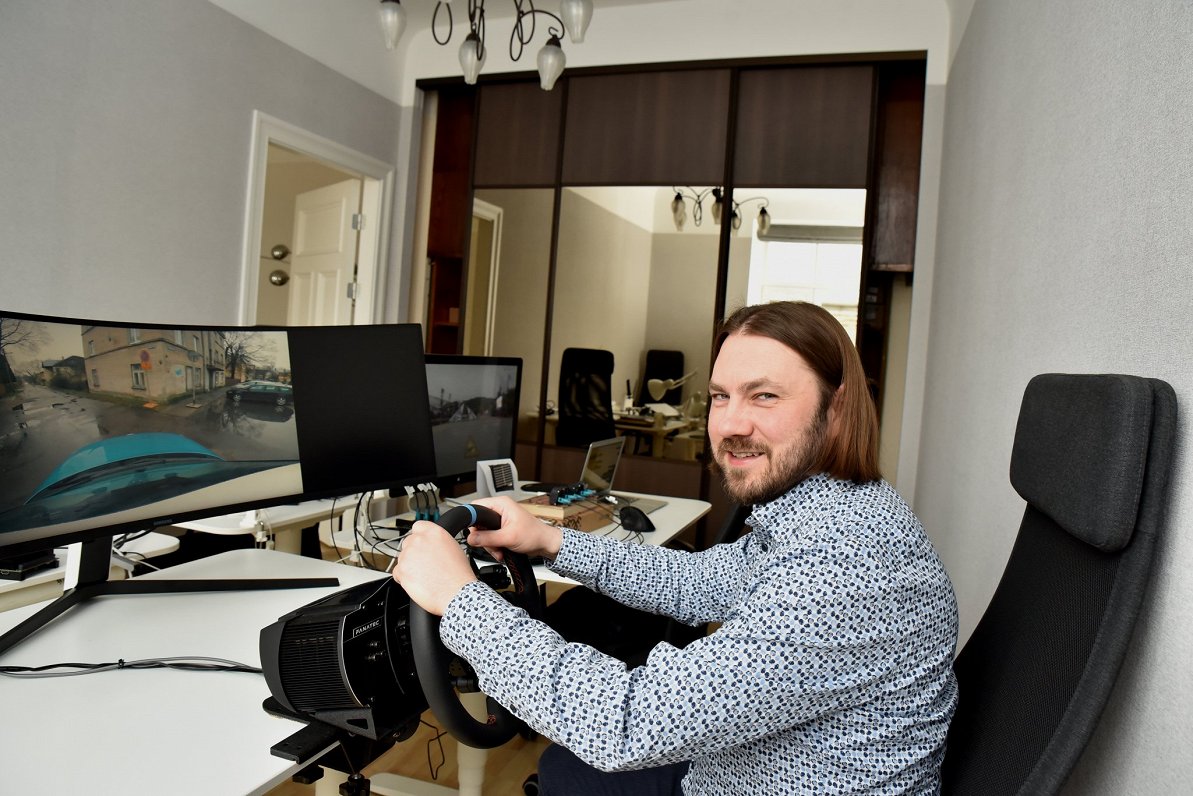Janis Upmanis reveals more about the potential of his start-up and how he wants to realize his company’s growth plans.
What is teleoperation?
Teleoperation is the technical term for remote driving. It allows a driver to control a vehicle from a distance.
How does autonomous driving differ?
Autonomous driving essentially means that a programmed computer enables a vehicle to drive on its own. Teleoperation and our product still involve control by a person. However, it allows for the controller to be detached from the vehicle. The person can then control the vehicle remotely via the cloud.
Nevertheless, the relationship with autonomous driving is essential because every company with autonomous driving vehicles needs teleoperation to be able to intervene in key situations where the computer is overwhelmed, or a problem arises. It offers the possibility to drive the car to the garage and take control in critical situations.
To summarize, teleoperation is not autonomous driving, but an important addition that will improve autonomous driving by way of some decisive factors.

How does the technology work?
Do you know those little toy cars that you can drive by remote control? That's how our technology works. Basically, we install black boxes and three to six cameras in the car to make the road visible. Ensuring the connection is the most critical aspect, so we install mobile network routers in the vehicle. The driver is then able take remote control of the vehicle from somewhere else, such as the office.
As long as the connection is secure, the vehicle can be controlled by the remote driver. The first tests were undertaken between Rīga and Cēsis and we are currently planning further tests between Riga and Tartu.
At the beginning, we controlled the prototypes with our smartphones. Today we do it from our office desk with a steering wheel, accelerator, brake, and big screen.
When do you think we will see these technologies on the road?
The expectation is that it will be possible to use teleoperation in Estonia as early as next year. For safety reasons, however, the vehicle will be manned. But we are working with our partners to get 20 cars on the road, and next year it should be up to a hundred. Preferably without the driver.
Do you think these technologies will increase safety on the roads?
The question will continue to be what mobility will look like in the future until we try it out. If there are only a few self-driving cars on the road, you can't say anything about how they will interact with each other in traffic. But in the long run, we can say: yes, it will be safer.
Do you think that autonomous driving supplemented by teleoperation systems will replace drivers?
It is a general problem for drivers and machine operators, as they are underchallenged. You can't do everything autonomously; we need the employees and their knowledge. So, the idea is that simple things will be taken over by the machine and the current state of the art, so that the employees can focus on more complex logistical tasks. The goal is not to replace the workers but to implement the technology efficiently together with them.
This article first appeared in Baltic Business Quarterly, published every three months by the German-Baltic Chamber of Commerce (AHK) and is reproduced by kind permission.





























